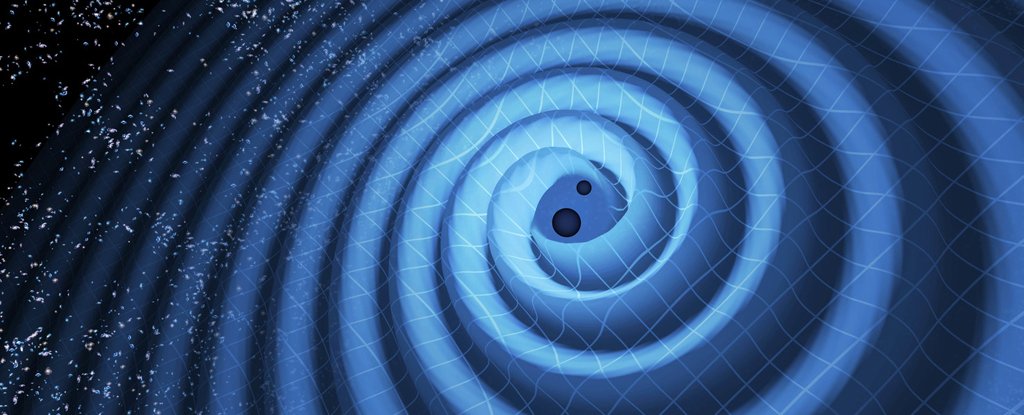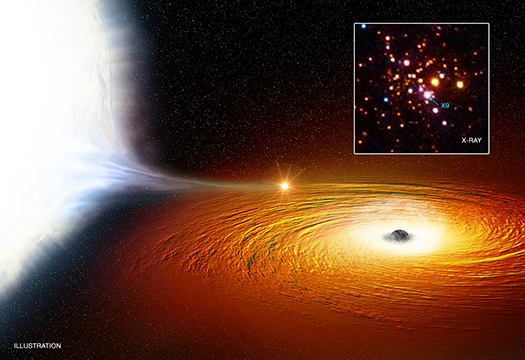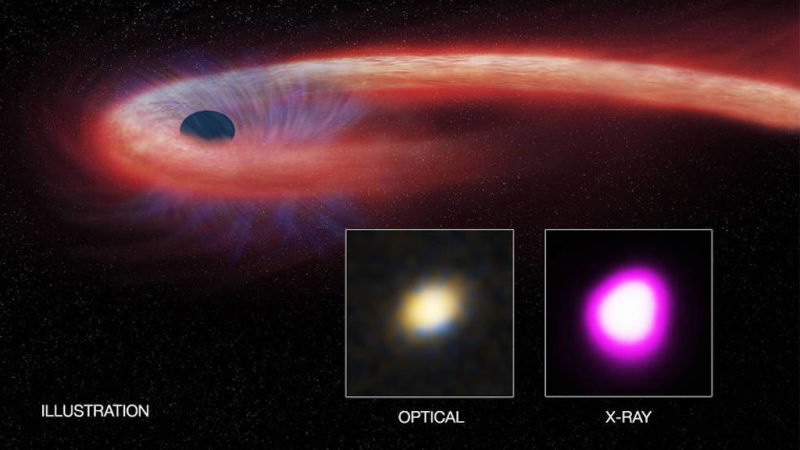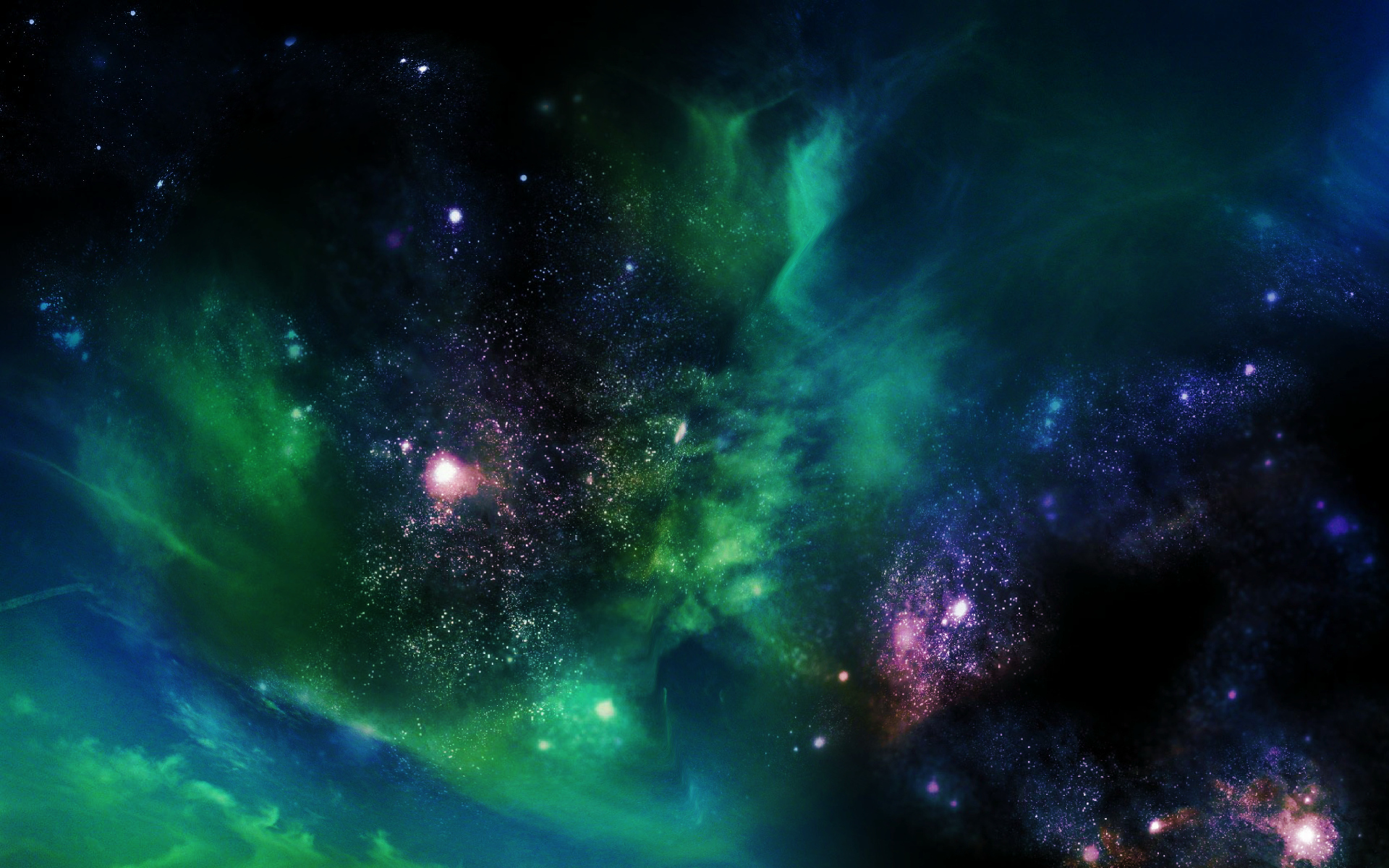
A new study by a team from US indicates that black hole mergers could be very common, which has implications for the study of black holes and gravitational waves.

A team of scientists used 20 years of data from several telescopes to watch how three stars orbited the center of our own Milky Way Galaxy, Sagittarius A*. They’ve created a general relativity theory test.

A new class of exotic materials could find its way into next-generation technologies that efficiently convert waste heat into electrical current according to new research.

Astronomers have made the first detection of orbital motion in a pair of supermassive black holes in a galaxy some 750 million light-years from Earth.

The Laser Interferometer Gravitational-wave Observatory (LIGO) has done it again, detecting gravitational waves rippling away from a cosmic collision between a pair of black holes.

Scientists have proposed a new theory that combines some of the most mysterious phenomena in the Universe - black holes, gravitational waves, and axions - to solve one of the most confounding problems in modern physics.

The Event Horizon Telescope, or EHT, is a network of around ten radio telescope observatories across the planet, synchronized via the most precise atomic clocks, and pointed directly at the center of our galaxy.

Imagine being caught in the clutches of a black hole, being whirled around at dizzying speeds and having your mass slowly but continually sucked away. That’s the life of a white dwarf star that is doing an orbital dance with a black hole.

New research details the longest black hole brunch ever studied, in which a supermassive giant ripped apart a neighboring star and feasted on it for almost 10 years.

Researchers have used NASA's Chandra X-ray Observatory to produce an X-ray image of space (the deepest-ever X-ray, in fact) that has uncovered an abundance of supermassive black holes.

Gravitational-wave data show tentative signs of firewalls or other exotic physics.

A stunning new image captured by the Hubble Space Telescope shows a galaxy that's being strangled by tentacles of gas and dust. The strange and intricate shape of this celestial object is caused by a supermassive black hole.

Finding evidence of gravitational-wave memory could help solve the black hole information paradox.

An international team of astronomers crack the case of a mysterious galaxy,Markarian 1018, that has suddenly dimmed after shining brightly for 30 years.

New work from a team led by Carnegie’s Eduardo Bañados has discovered 63 new quasars from when the universe was only a billion years old.